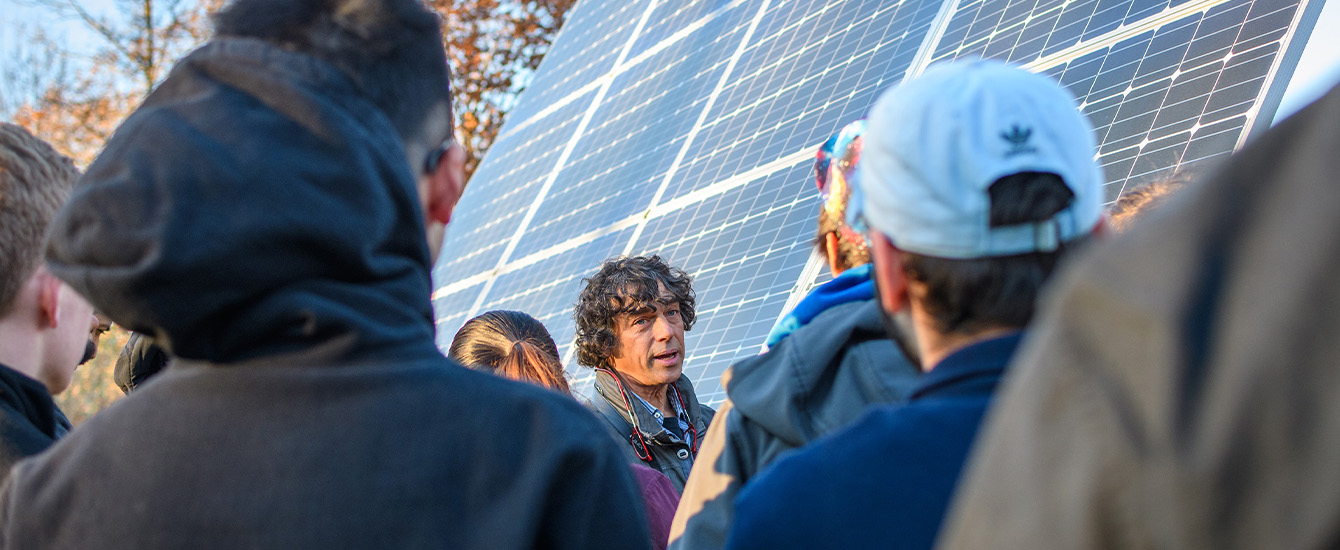Physics
Document Type
Article
Abstract
Thiovulum majus, which is one of the fastest known bacteria, swims using hundreds of flagella. Unlike typical pusher cells, which swim in circular paths over hard surfaces, T. majus localize near hard boundaries by turning their flagella to exert a net force normal to the surface. To probe the torques that stabilize this hydrodynamically bound state, the trajectories of several thousand collisions between a T. majus cell and a wall of a quasi-two-dimensional microfluidic chamber are analyzed. Measuring the fraction of cells escaping the wall either to the left or to the right of the point of contact - and how this probability varies with incident angle and time spent in contact with the surface - maps the scattering dynamics onto a first passage problem. These measurements are compared to the prediction of a Fokker-Planck equation to fit the angular velocity of a cell in contact with a hard surface. This analysis reveals a bound state with a narrow basin of attraction in which cells orient their flagella normal to the surface. The escape angle predicted by matching these near field dynamics with the far-field hydrodynamics is consistent with observation. We discuss the significance of these results for the ecology of T. majus and their self-organization into active chiral crystals.
Publication Title
Physical Review E
Publication Date
3-2024
Volume
109
Issue
3
ISSN
2470-0045
DOI
10.1103/PhysRevE.109.034403
Keywords
Thiovulum majus, bacteria, flagella
Repository Citation
Petroff, Alexander P. and McDonough, Schuyler, "Trapping and scattering of a multiflagellated bacterium by a hard surface" (2024). Physics. 13.
https://commons.clarku.edu/faculty_physics/13
Cross Post Location
Student Publications
Copyright Conditions
Published source must be acknowledged with citation: Petroff, A. P., & McDonough, S. (2024). Trapping and scattering of a multiflagellated bacterium by a hard surface. Physical Review E, 109(3), 034403.



